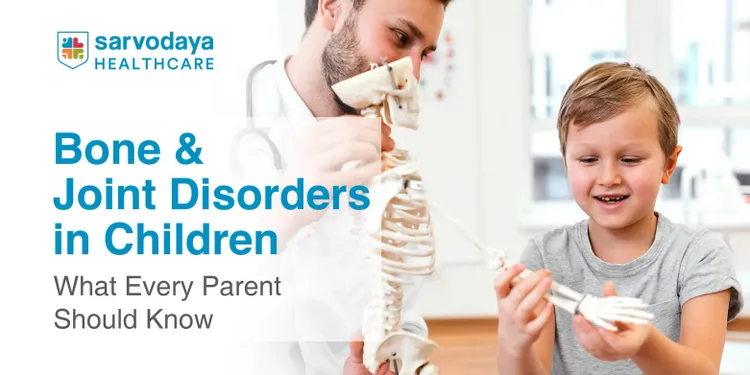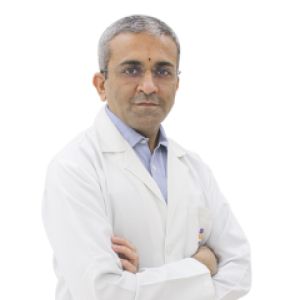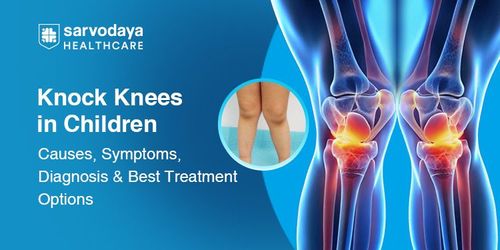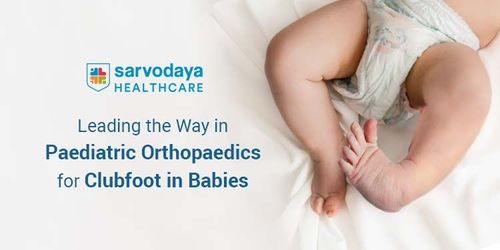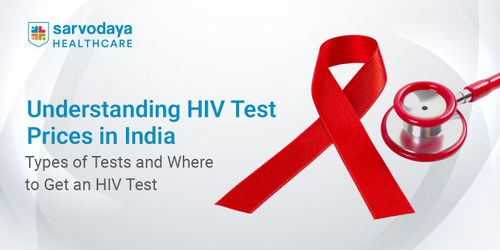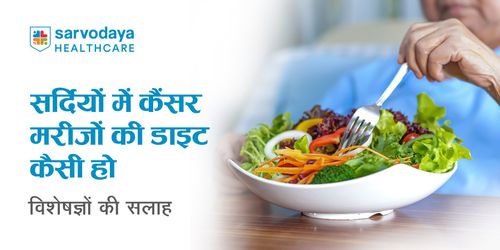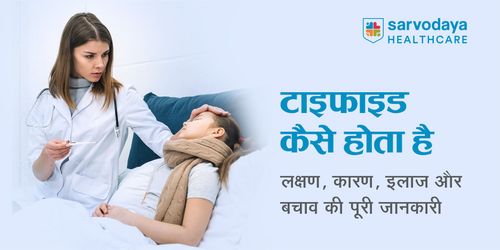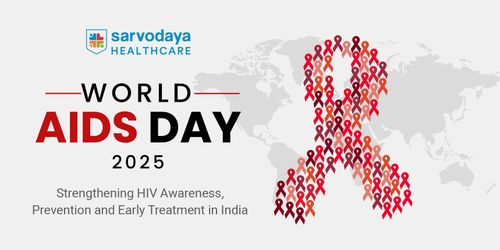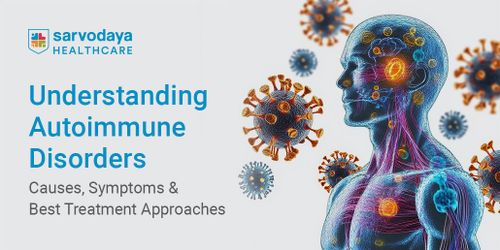Childhood is a time of rapid growth and physical activity. However, this phase also comes with several orthopaedic issues that, if overlooked, may interfere with the overall development of a child. Prompt attention and expert care can make a significant difference in how these conditions are treated and resolved.
In this blog, we explore some of the most common bone and joint treatments for children, the signs that should not be ignored, and how early medical intervention can ensure your child grows up strong and active.
Understanding Bone Problems in Children
Many parents are starting to notice the abnormal walking patterns or complaints of pain in their children. While some conditions are a normal part of their growth, others need diagnosis and timely care. Bone problems in children may be congenital, developmental, or caused by trauma. Determining the cause of the problem early can help avoid complications, ensuring a healthy recovery.
Here are some common bone problems in children that parents need to know about:
- Bow Legs in Kids: A common developmental disorder where a child’s legs curve outward. While often harmless in toddlers, persistent bowing after the age of three years may be a sign of other problems that need evaluation.
- Clubfoot: It is a birth defect in which one or both feet are twisted out of position. This can impact a child’s walking ability and requires early correction by bracing or clubfoot correction.
- Fractures: Children are more likely to fall and get injured because of their active lifestyles. Prompt and specialised fracture care for kids ensures correct bone healing and prevents future deformities.
- Infections and Growth Plate Injuries: Injuries to the bone near the growth plate and bone infections may affect bone development if not treated promptly.
- Nutritional Deficiencies: Lack of calcium and vitamin D can lead to conditions like rickets, which can impact bone strength and posture.
An Overview of Bow Legs and Clubfoot Disorders
Bow legs in kids and clubfoot are two commonly observed conditions affecting a child’s lower limbs.
Let us look at each condition more closely:
- Bow Legs in Kids: In young infancy and toddlerhood, slight bowing of the legs is quite normal. However, if the bowing continues after age three or worsens over time, it can be a sign of conditions like Blount’s disease or rickets. Treatments may include observation, braces, or surgery depending on the severity.
- Clubfoot: Clubfoot is a congenital deformity where a baby’s foot is twisted inwards and downwards. Without treatment, the child can have difficulty walking properly. Modern treatment starts early in infancy with the Ponseti procedure, which involves gentle manipulation and serial casting. In more severe or resistant cases, clubfoot correction through surgery may be required, ideally by a clubfoot surgery specialist.
Fracture Treatment in Children
Children are naturally active and curious, which sometimes leads to accidental injuries. One of the most common orthopaedic emergencies in young children is fracture. Nevertheless, the paediatric bones are actively growing and behave differently from adult bones, making expert fracture treatment in children essential.
Here are some key aspects about managing fractures in children:
- Fast Healing, But Needs Care: Bones of children heal quicker than those of adults, but when the bones are poorly aligned or not treated properly, the child may suffer from long-term problems.
- Specialised Approach: It is usually treated with the help of casting or splinting, although more complicated cases may need surgical intervention with a paediatric orthopaedic doctor.
- Tailored Recovery Programs: Rehabilitation or physiotherapy may be required to restore the full range of motion and strength, especially in joint-related fractures.
- Avoiding Growth Plate Injury: Children’s bones contain growth plates; any injury around these delicate areas should be carefully handled to avoid future growth impairment.
Parents must always seek immediate fracture treatment for their kids by trained professionals to make sure that the damage heals correctly without affecting further development.
When to Consult a Paediatric Orthopaedic Specialist
It is important to know when to seek the services of a paediatric orthopaedic doctor to prevent minor cases from turning into long-term problems.
Here are the symptoms that indicate the need to consult the services of a paediatric orthopaedic doctor in Faridabad:
- Persistent joint pain or swelling
- Unusual walking pattern or limping
- Delay in motor or walking milestones
- Visible deformities in the spine, legs or feet
- Frequent injuries or repeated fractures
- Stiffness or lack of joint flexibility
Modern Treatment Approaches and Facilities
Paediatric orthopaedics Hospital in Delhi NCR has advanced significantly over the years, mainly due to medical innovation and child-specific care protocols. Today, families have access to world-class bone and joint treatment for children through minimally invasive surgeries, early intervention therapies and comprehensive rehabilitation support.
The key characteristics of modern paediatric orthopaedic care include:
- Advanced Diagnostics: Imaging techniques like X-rays, MRI and CT scans are used to diagnose patients accurately without exposure to excessive radiation.
- Individualised Treatment Plans: The condition of every child is evaluated uniquely, taking into consideration the age, growth pattern, and activity level.
- Clubfoot Surgery Specialists: Expert surgeons offer early and effective clubfoot correction using both non-surgical and surgical methods.
- Comprehensive Fracture Care: Dedicated fracture care for kids ensures safe recovery and full functioning, guided by paediatric rehabilitation teams.
- Child-friendly Environment: The emotional needs of young patients are met through engaging environments and counselling.
Read More- Leading the Way in Pediatric Orthopaedics for Clubfoot in Babies
Conclusion
Bone and joint problems during childhood can have lasting effects if not identified and treated in time. With advancements in paediatric orthopaedic care, most of these conditions are manageable, and children can go on to live active, pain-free lives.
Sarvodaya Hospital, Faridabad, has a team of highly qualified experts committed to providing quality bone and joint treatment for children. The hospital is equipped with the latest diagnostic and surgical tools and is led by highly experienced paediatric orthopaedic surgeons in Faridabad Delhi NCR. A preventive visit to a paediatric orthopaedic doctor in Delhi NCR can make a critical difference in the well-being and development of your child.
Trust your instincts and book an appointment to consult specialists to help your child lead a healthy, active life.


